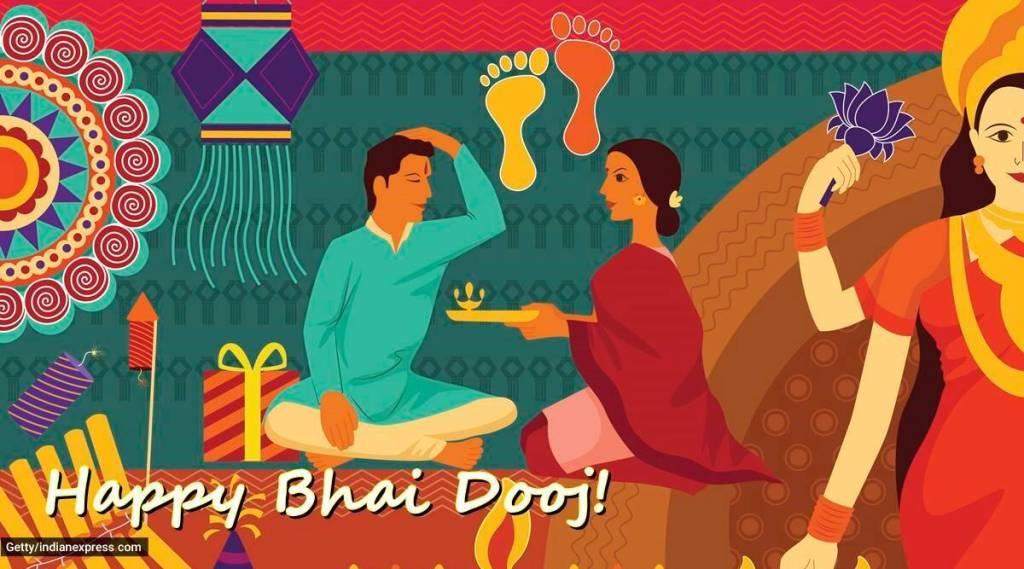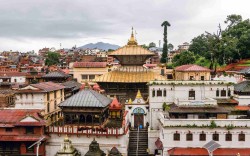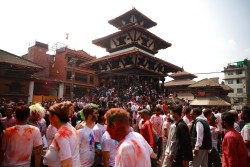Culture

The Mithila region is celebrating the 'Bhai Dooj' festival on Thursday. As per the Maithil tradition, it is celebrated on the fifth day of Yamapanchak, or Deepawali festival, on Kartik Shukla Dwitiya Tithi, with brothers accepting the invitation of their sisters.
Yamapanchak, which is usually five-day long, has been extended to six days this year due to a shift in dates as per the lunar calendar. Gobardhan Puja has been rescheduled for October 26 due to a partial solar eclipse on October 25. Similarly, Bhai Dooj has been pushed a day to October 27, according to astrologers.
Famous Mithila writer Dr Rajendra Bimal says the festival is based on the Hindu mythology from the Satya Yuga of King Bali's sisters Ganga and Yamuna, who put on his forehead a seven-coloured tika, wishing for their brother's longevity, well-being, and prosperity.
In this festival, also known as Bharadwitiya, Bhatradwitiya, married sisters invite their brothers to their homes. The brothers accept the invitation by offering gifts, including clothes and ornaments.
During the festival, the sisters draw a quadrangular boundary called 'Aripan' with 'Pithar', a paste made from arwa rice flour, at home and let the brothers sit on a wooden platform within that boundary. First, the feet of the brothers are washed with hot water. Then the sisters put a seven-coloured tika on the brother's forehead, presenting them with Pithar, betel leaf, and betel nut.
After this ceremony, the sisters express their feelings through song, making a wish for the glory of their brothers like that of King Bali.
Meanwhile, the brothers are offered grains of 'bajri' to chew in a tradition called 'bajri' feeding. According to Dr. Bimal, the ritual is followed in the belief that feeding bajri would make the brother's body as hard as the bajra.
The brothers then present new clothes, jewellery, and cash offerings to the sisters, who in turn serve desserts to their brothers to mark the end of the ceremony.
Bhai Dooj is one of three festivals observed in Mithila to strengthen mutual love between brothers and sisters. The traditions of Bhai Dooj on Kartik Shukla Dwitiya during the Tihar festival and Raksha Bandhan – the trying of seven-coloured sacred thread to the brothers – on Shawan Purnima, the day of the full moon, are based on the mythology of King Bali and his sisters Ganga and Yamuna.
Samachkewa, the other festival celebrated from Kartik Sukla Panchami to Purnima, is based on the mythology of loving affection, dedication, and sacrifice between brothers and sisters of Lord Krishna's son Samba and daughter Sama during the Dwapara Yuga.
In recent years, festivals have become common due to the convergence of the original inhabitants of Mithila and other communities – of different castes, religions, traditions, and cultures – who have settled in the region. As a result, the young generations from different cultural backgrounds have started celebrating Bhai Tika and Bhai Dooj as sisters and brothers.
Mithila elders say this helps to promote harmony and strengthen the foundation of social and cultural unity.

1679038049.jpg)




